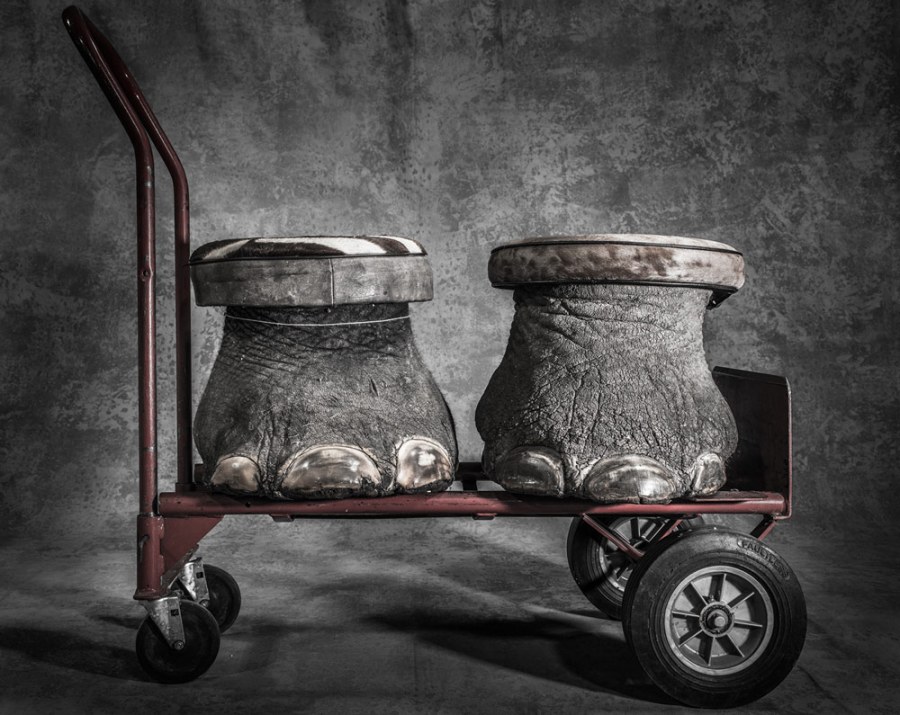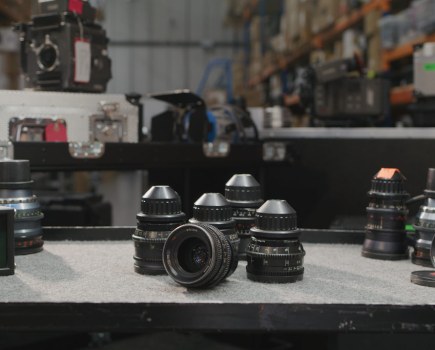If anyone is sceptical that photography can still make a difference to helping save wildlife from the evils of exploitation and illegal international trade, the work of wildlife photographer Britta Jaschinski is a salutary reminder that, yes, it still can.
Britta is a German photographer and a founder member of the campaigning group, Photographers Against Wildlife Crime, of which AP is a strong supporter. She is also editor- in-chief of The Evidence Project – a highly acclaimed campaign to inform the public how all life on earth is interconnected and interdependent – and was named European Wildlife Photographer of the Year.
Britta’s last major exhibition was at the Xposure International Festival of Photography in Sharjah, UAE, an annual event which now attracts some of the best photographers in the world. AP was also at Xposure, so we caught up with Britta to find out more about her brave and determined work to help protect wildlife from illegal slaughter and exploitation, and more importantly, how it’s making a real difference.

How did you get started as a ‘photographer against wildlife crime?‘
When I was at college, I started taking photos in zoos and I realized how much I hated seeing animals in captivity. This is where it all started, and from there I moved on to photographing performing animals. So this was still really the ‘legal’ trade I covered.
Then I explored other countries, in Asia and beyond, and realised that animals are taken from the wild illegally and then put into situations where they’re forced to perform. That’s when my career really took off because I got so much attention.
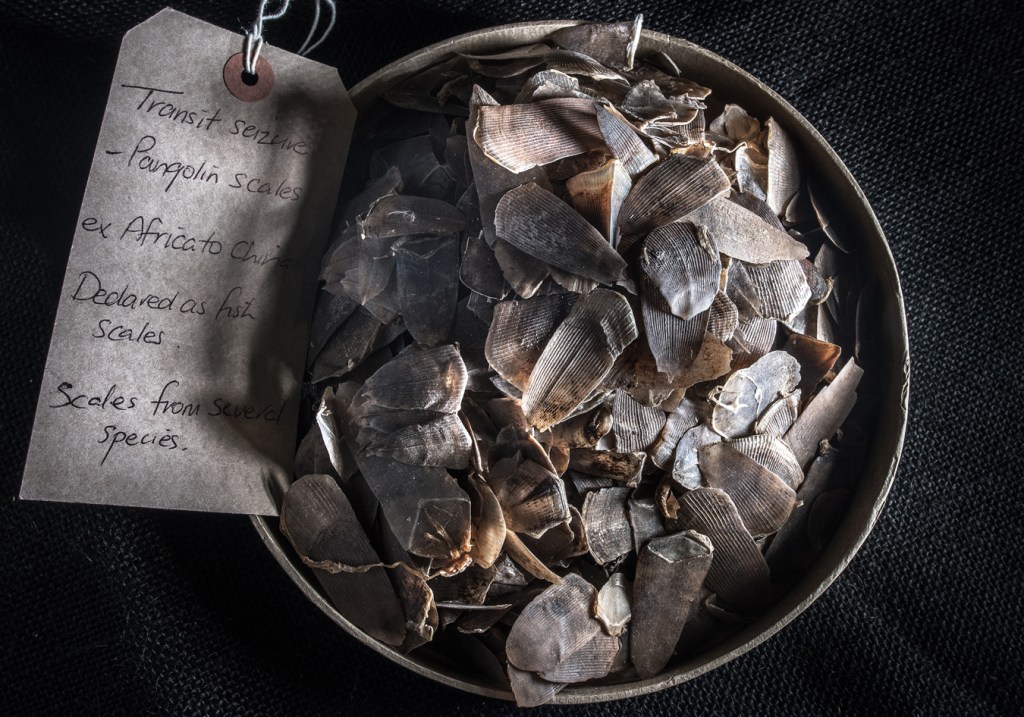
I won lots of awards and many of these places I’d documented were shut down, which made me realise that photography is a real tool to make a difference and encouraged me to continue. After that, I started to hear about the pangolin, which I admit, I didn’t know anything about. I discovered that so many pangolins had been killed by the illegal wildlife trade that they are now very close to extinction.
This shocked me to my core, and I thought I had to do something about it. The step was contacting border police and special agents, and it took a while for them to fully trust me. They can’t give just anyone access to everything they confiscate from the illegal wildlife trade – all the rhino horns, ivory, etc is worth a lot of money, as is the illegal wildlife trade generally.
Once I was in, I was in, however, and now governments and law-enforcement bodies come to me, as well as charities and the media. A lot of people now want to license my images or get my advice, as well as commissioning me. I mainly earn a living now through image licensing.
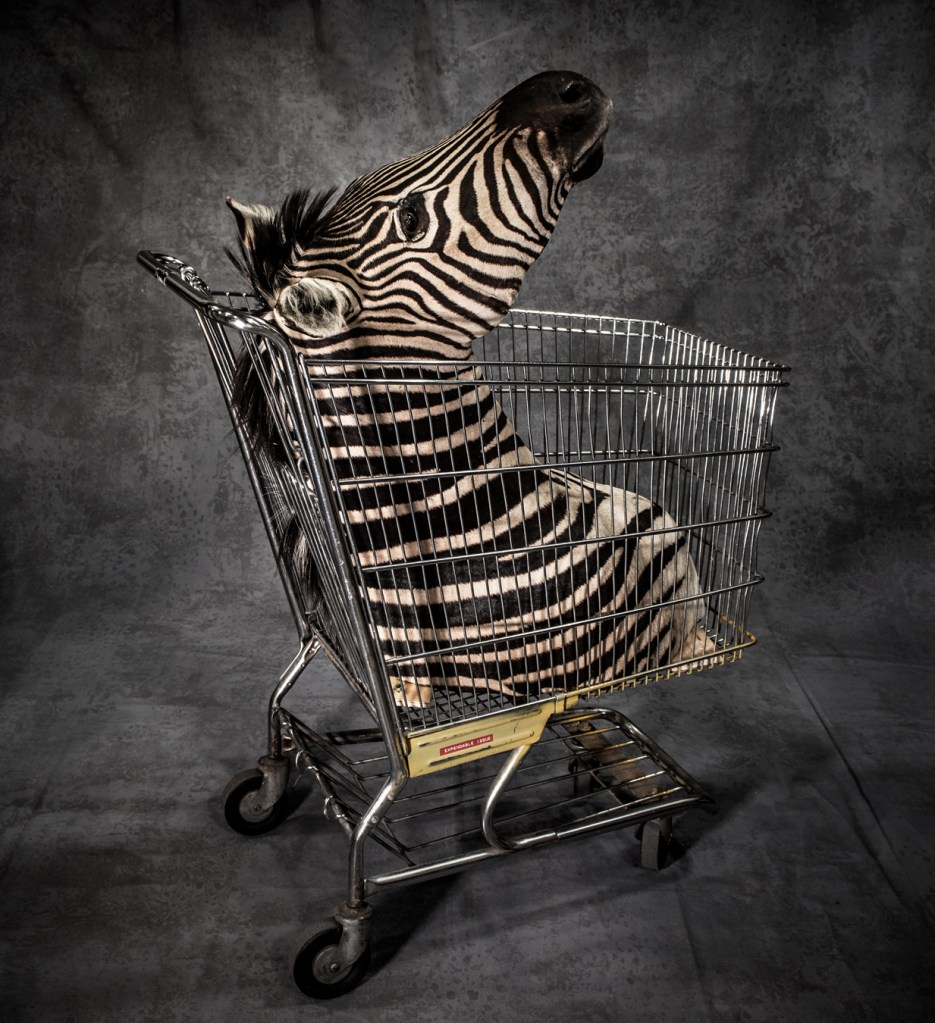
Remind us how Photographers Against Wildlife Crime started?
Back in 2016 I was with a group of other wildlife photographers at the Wildlife Photographer of the Year awards and we all sat there saying how frustrated we were with all the illegal trading and wildlife crime generally. We were all close to tears.
We knew photography could do a lot to help and that we would be stronger together, but nothing really came of it. Then I thought, no, let’s do something, let’s do a book. Actually the idea for the first book came from AP’s former editor, Keith Wilson, who initially approached me. I wanted the book to have a global reach and focus on wildlife crime, and Keith asked me who I thought should be in it.

Keith said, ‘yeah in your dreams!’, but actually I knew a lot of these famous photographers so when I started firing off emails, they said ‘count me in.’ Photographers Against Wildlife Crime turned into a global campaign overnight, literally.
Are you concerned about the growing impact of AI – in other words, people who aren’t on your side casting doubt on the veracity of your sometimes shocking and disturbing images? After all, the illegal wildlife trade is the fourth biggest illegal activity worldwide…
No, not really. I’ve been around for a while, and have earned credibility and a reputation for what I deliver. I wouldn’t be winning all these awards if I was doing something dodgy with my pictures because they’re getting checked out beforehand.
Actually, I think we as the real authentic photographers could benefit from AI. People will get bored with AI and want the real thing. Just look at what’s happened with analogue photography. I know labs who were close to collapse when digital photography started, now they’re gold mines.
China is often accused as being the biggest market for illegally traded wildlife, or wildlife exploitation. Tell us more about what are doing to raise awareness over there?
So there are two different parts to this answer. One returns to my work with performing animals, and as mentioned, some of these venues got shut down by the Chinese authorities.
It’s about trying to get people in China to understand that no, a bear doesn’t really enjoy being made to ride a bike. You need to educate and inform people, because honestly, many don’t know. The Chinese haven’t had access to Green Planet or David Attenborough. We need to understand this, and can’t just keep pointing our finger at people.
There’s still a lot of work to be done. Flying around the Chinese mainland recently, I was shocked that kids can still get toys of bears on bicycles at the airport. They think the bears are having a great time, not being tortured.
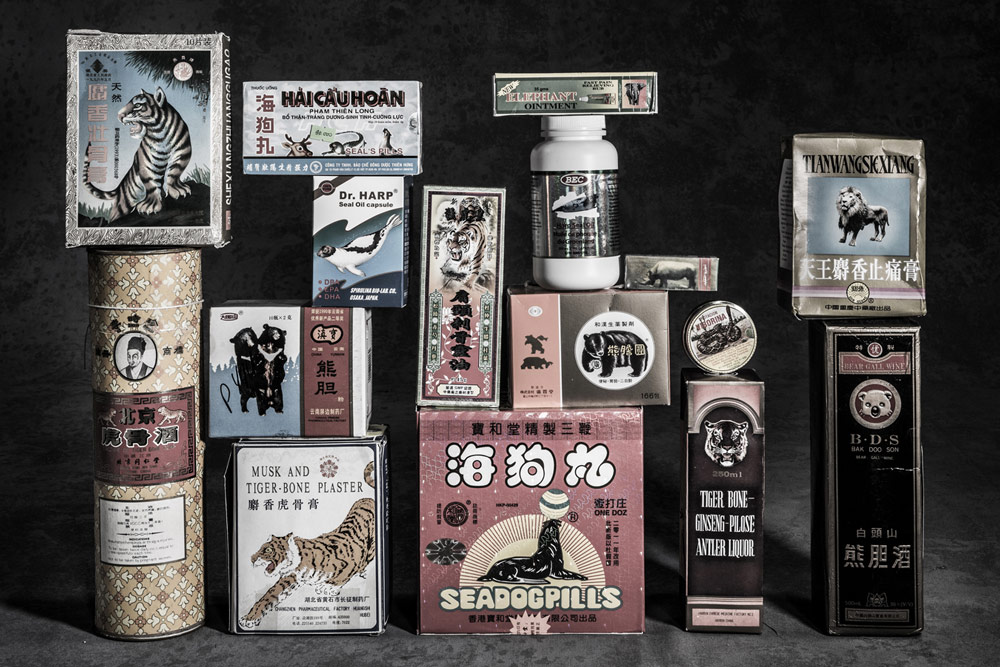
With regards to the illegal wildlife trade, yes, there is a very high demand, not only from China, but from Asia in general. Asia is one of the main drivers. So again, I have been trying to educate people through talks and doing books. This included a Yixi ‘Get Inspired’ Talk (China’s equivalent of a TED talk), which was watched by over 600,000 people in just a few days.
My talks are carefully censored, but during one I went ‘off script’ anyway as there were so many people in the audience who’d be using Chinese social media, and it would spread like wildlife. The organisers told me I’d either get an award or be arrested, so I decided to leave China the next day! I was later contacted by the Chinese state-owned publisher contacted me saying that they’d like me to do a Chinese edition of a book. It was launched in the middle of pandemic in China, and apparently flew off the shelves. So it reached the right people.
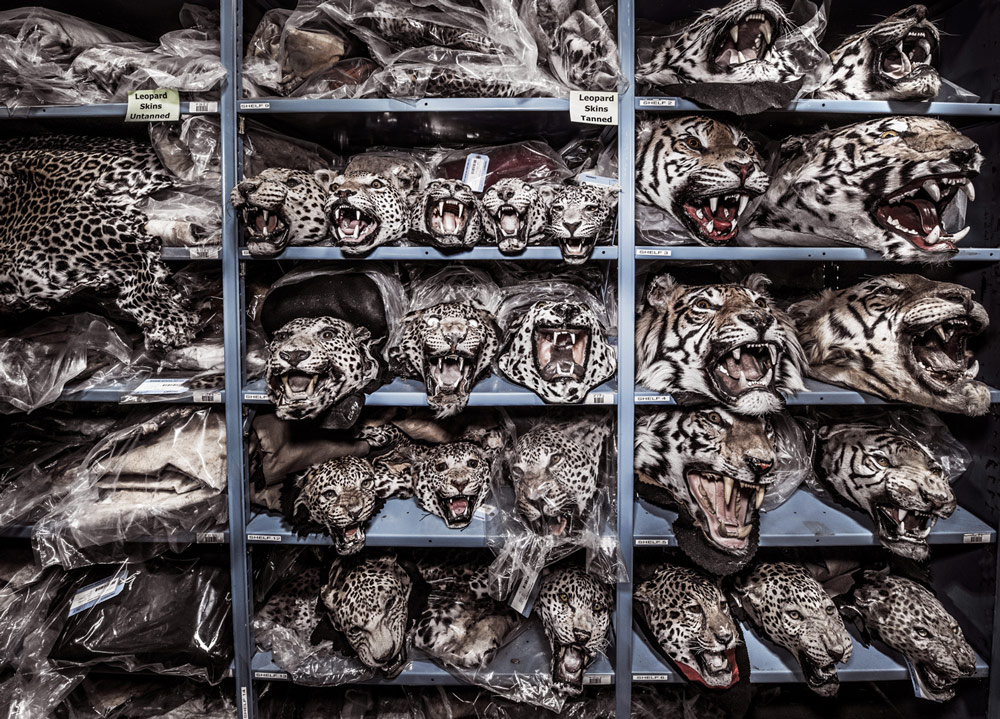
This work must take an emotional toll on you – how do you cope?
When you’re on-site and document something, the camera helps – it creates a barrier, some kind of protection, like a buffer zone. I’ve been in situations where I didn’t have my camera and I really couldn’t handle it. So I think the camera helps to maintain a certain distance, so you don’t get so affected emotionally.
But sure, I have a certain trauma which I carry around with me. Certain situations stay with you and you can’t unsee what you’ve experienced and it will stay with me forever. Yes, you can suffer from depression, but what gets me out of bed every day is the hope that I can make a difference. The book we did on The Evidence Project last year, for example, won an award for the ‘book most likely to save the planet.’
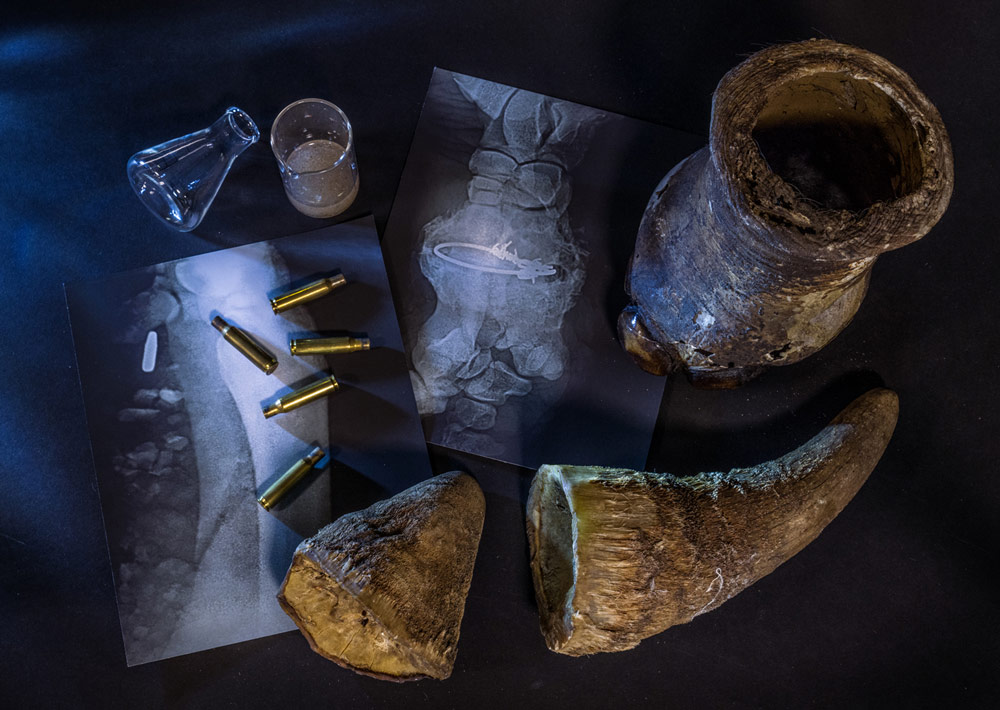
How much longer can you carry on with this kind of work?
People ask me this and I think well, why should I stop? I feel I’m haven’t said everything about wildlife crime yet or the global environmental crisis. I am as busy as ever. At the moment I am particularly interested in biobanks, and how zoos can be helpful there. I did a project on what biobanks keep and freeze, for example a piece of rhino skin from a zoo, stored at minus 150 degrees.
And then what do they do with that? How can they recreate a whole new rhino with this? Can that save a species? I find that fascinating.
Further reading
Photography-led campaign launches to highlight and fight global environmental crisis
Can a book make China look?

